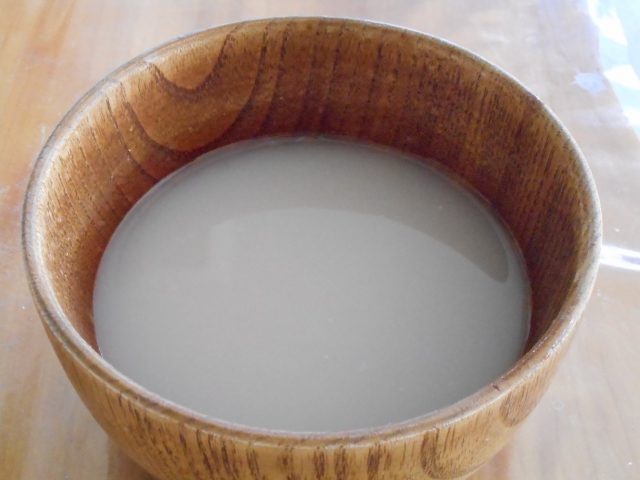The secret of Soba, buckwheat noodles of Japan
Noodles are common dishes in many different food cultures all over the world. There are various types of noodles in Japan itself, including local dishes. Among those, there is one very unique way to enjoy a cold soba dish which you can only experience in soba restaurants serving authentic soba noodles.
Even though buckwheat grains have been in our diet for as long as 9000 years, these grains are very hard to process. Buckwheat grains were not processed as flour until the 13th century when stone mills were imported from China. These stone mills made it possible to create buckwheat flours which eventually lead to soba noodles.
Due to the low gluten contents in buckwheat, regular flour is used as binding agent to make noodles from buckwheat. Most common ratio of flour and buckwheat is 2:8, which gives noodles enough gluten to bind buckwheat together and provide smoother texture. Authentic Soba restaurants usually make their own noodles. 2:8 ratio noodles, which is called “ni-hachi soba” is the most popular kinds, but there are also noodles made from 100% buckwheat with no binding agent: 100% buckwheat and just water. It requires high skills to prepare this 100% buckwheat soba, but its soba fragrance is much more distinct than other soba noodles with binding agent.
Soba is usually consumed with soy sauce based broth and it can be served cold or warm. A soba dish does not end here, though. Did you know that there is a unique way to finish a cold soba noodle dish in Japan?
When you eat cold soba noodles, you dip the noodles into a soy sauce based broth, and slurp them freely into your mouth. Apparently, slurping soba in with air carries the soba fragrance into your nose for you to enjoy it. This is probably one of the rare dishes in the world that you are supposed to make slurping noise while eating. While you are eating your Soba, a pot full of warm liquid is served. Once you are done with the noodles, you can add the liquid into your soba broth and create a cup of soup for you to eat up to the last drop.
What do you think the warm liquid is?
It is the hot water in which Soba noodles were cooked. Due to the nature of buckwheat, its nutrients flow into the hot water while noodles are cooked. The liquid left in the cooking pot is full of water soluble vitamins, protein and a nutrient called rutin which has antioxidant power. Even though buckwheat can be an allergen to some people, it is generally rich in healthy nutrients and it is even reported that it helps prevent blood clots.
This soba cooked water is called “Sobayu” which literally means “hot water of soba”. You can find soba restaurants all over Japan, but historically, soba originated in eastern Japan and it used to be less common in western Japan. To this date, sobayu is not common in the west, and mostly served in the east of Japan.

When creating your own sobayu soup at the end of your meal, you can control the amount of sobayu according to your preference. Most people add sobayu into the cup of broth to make it a soup. You can also simply enjoy the sobayu without the broth to enjoy the soba flavor without worrying excessive salt intake. It is often said that sobayu is thinner in the morning and it becomes thicker in the afternoon after all the soba cooking. The thicker subayu is, the more nutritious it is. You can also enjoy more soba aroma while eating the noodles when the boiling water is thicker. The fragrance of soba is contained in the noodles when it is cooked in thicker boiling water. Soba fragrance is often mentioned as an important factor when enjoying soba, but to be honest, it is a very light smell. In order to enjoy the fragrance, it is often recommended to avoid being the first customer of the day when the boiling water is still thin.
As mentioned above, sobayu is only offered at authentic soba restaurants which usually make their own noodles with higher buckwheat contents. Sobayu is served in a special pot and it is a complimentary service by the restaurant. Not everyone likes sobayu, and it is not something that you have to do. But if you ever have a chance to visit a soba restaurant that makes soba from scratch, I suggest you to try it. Flavor of soba varies depending on the restaurant, season, so obviously the flavor of sobayu is different as well. This sobayu custom which had started in the Nagano region was introduced to Edo (today’s Tokyo), the capital of Japan in the 18th century. Ever since then, it has been enjoyed by soba lovers in Japan. I have introduced you this sobayu as soup, but if I come to think of it, it is more like tea or coffee at the end of the meal. This complimentary drink at the end of your soba meal is rich in nutritious values with a hint of buckwheat aroma and is not something you should miss out on when you are in Japan, if you are a health conscious food adventurer.
